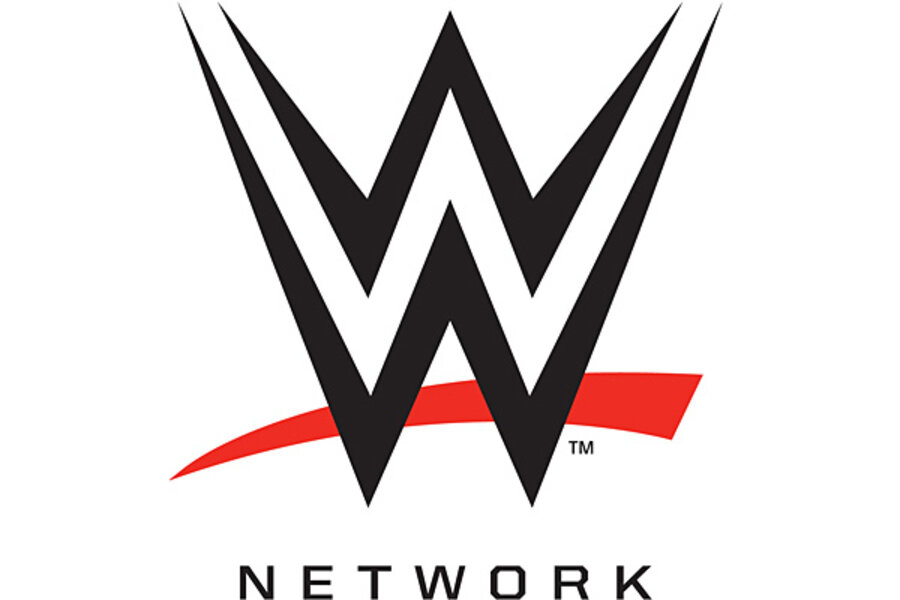How the WWE Network will make sports television cheaper
Loading...
A few days ago, at the Consumer Electronics Show, an announcement was made that I think points toward a future, a few years down the road, of very inexpensive television service for anyone, regardless of their interests.
World Wrestling Entertainment – yes, the professional wrestling company – announced an online streaming service a la Netflix for $9.95 a month. The service includes a 24/7 schedule of programming, plus an on-demand library of their 100,000+ hours of archived wrestling shows. This is essentially Netflix for professional wrestling fans.
So, why does this matter?
First of all, this exact model makes a ton of sense for any media company out there with a lot of archived programming. Some media companies are already doing it – for example, HBO GO exists already for people who want to watch full archives of the various HBO original television series. Netflix essentially provides this for a bunch of different television and film companies, streaming their archives on-demand.
However, what this really points to – in my eyes – is sports programming.
I can’t tell you the number of people who have written to me saying that they would gladly get rid of their cable service if it wasn’t for baseball or football or basketball or hockey season. They pay $60 a month (or more) to maintain a cable or satellite package so that they can continue to enjoy their favorite sport.
Now, imagine this. Imagine if the NFL comes out with a similar streaming package. They charge $14.95 per month (but you have to pay for a full year at a time) for it and it includes the 24/7 programming of the NFL Network plus streaming of all games for your four favorite teams (or maybe $19.95 a month for all teams). Plus, the package includes archives of all games from past seasons, plus the full NFL Films library on demand.
Now, simply substitute your favorite sport into this package. Some sports already offer some portion of this – baseball offers full streaming of every game from the past season, for example, and the NHL allows you to watch live games online with a similar package.
Let’s just compare these possibilities for a moment.
Let’s say you’re a big basketball fan, but you like to watch full runs of dramatic television shows and some comedies, too. You currently pay for broadband internet and an $80 a month cable package.
Now, let’s say the NBA copies this kind of streaming package described above, enabling you to watch games online for, say, $20 per month. At that point, you could just ditch your cable package, get the NBA package, add Netflix for another $9 a month, and get a digital converter box so you can watch over-the-air local channels for free. You would essentially retain everything you enjoy watching on television and save $50 per month.
Here’s my advice to you: if there’s just one or two things holding you back from dropping your cable bill, watch very carefully over the next year or two and see if they pop up as an online streaming service. If they do, you should strongly consider dropping your cable package and replacing it with a digital converter box and antenna (for free over-the-air local channels), the streaming service of whatever it is you enjoy, and perhaps also a general streaming service like Netflix.
The total cost of those things would be about $30 a month on top of the internet bill you already have and would allow you to completely drop your cable bill.
The future of pay-for-only-what-you-want television is getting closer. When it arrives, the options are going to be in place for people to save quite a bit of money by dropping the channels and programming they don’t care about and keeping only what they actually use and enjoy, which is one of the biggest principles of frugality.






